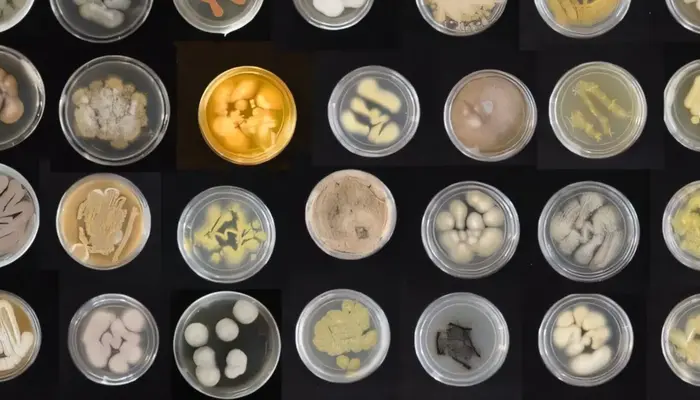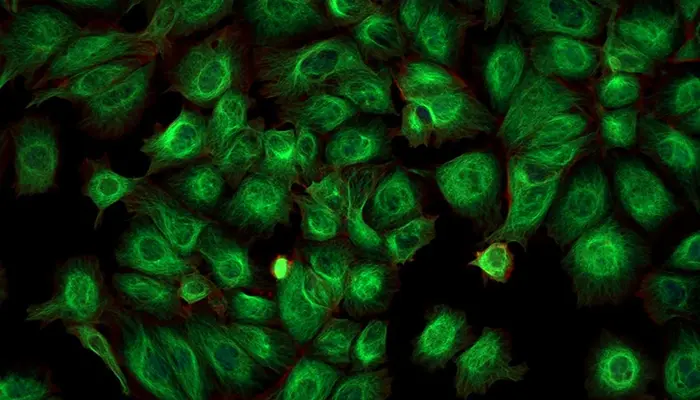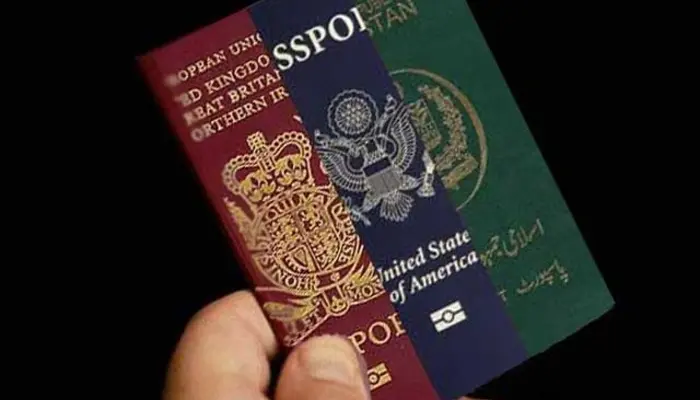
Marine fungi with plastic-degrading abilities have shown remarkable potential for tackling plastic pollution. New research from the University of Hawai’i at Mānoa reveals that these fungi can be trained to break down plastic faster, offering hope for ocean cleanup efforts.
Marine Fungi Show Promise in Plastic Breakdown
Fungi are natural recyclers with the unique ability to consume materials that other organisms cannot. Researchers have explored microbes, including bacteria and fungi, as a means to break down plastics. However, marine fungi remain largely understudied, with fewer than one percent of species documented.
In this study, scientists collected marine fungi from sand, seaweed, corals, and sponges in Hawai’i’s nearshore waters. They tested these fungi for their ability to degrade polyurethane, a common plastic used in medical and industrial applications.
Ronja Steinbach, lead author from UH Mānoa’s College of Natural Sciences, emphasized the significance of this discovery. “Plastic in the environment today is extremely long-lived and nearly impossible to degrade using current technologies,” Steinbach said.
Read: Benefits and Disadvantages of Prize Bonds in Pakistan: What’s in Store for People?
Increased Feeding Rates and Adaptation
More than 60% of the fungi tested demonstrated an ability to consume polyurethane and convert it into fungal biomass. Researchers selectively bred the fastest-growing fungi, exposing them to more plastic to enhance their plastic-eating efficiency.
“In just three months, some fungi increased their feeding rates by up to 15%,” Steinbach reported. This rapid adaptation highlights marine fungi’s potential for addressing plastic pollution.
Future Targets: Harder Plastics
Following this success, the team plans to study fungi’s ability to degrade tougher plastics, such as polyethylene and PET—two major contributors to ocean pollution. Researchers also aim to understand the cellular and molecular processes that enable fungi to consume plastic.
Steinbach expressed the team’s desire to collaborate with engineers, chemists, and oceanographers to develop real-world solutions for cleaning up beaches and oceans.
The Growing Threat of Plastic Pollution
Plastic pollution is a critical environmental issue. Millions of tons of plastic enter the ocean annually, forming massive garbage patches and breaking down into harmful microplastics. Hawai’i’s location in the North Pacific Subtropical Gyre exposes it to significant amounts of plastic waste from around the world. The state is also near the Great Pacific Garbage Patch, the world’s largest floating plastic accumulation, which contains over 1.8 trillion pieces of plastic.
The Ocean Cleanup, an environmental organization, has been working to remove plastic from this patch. The discovery of marine fungi with plastic-degrading properties could complement such efforts, accelerating the cleanup process.
Last year, researchers identified Parengyodontium album, a marine fungus capable of degrading polyethylene. Found in the Great Pacific Garbage Patch, this fungus holds potential for speeding up plastic decomposition in marine environments.
These new findings about marine fungi bring hope for innovative solutions to one of the world’s most pressing environmental challenges.
Follow us on Google News, Instagram, YouTube, Facebook,Whats App, and TikTok for latest updates












